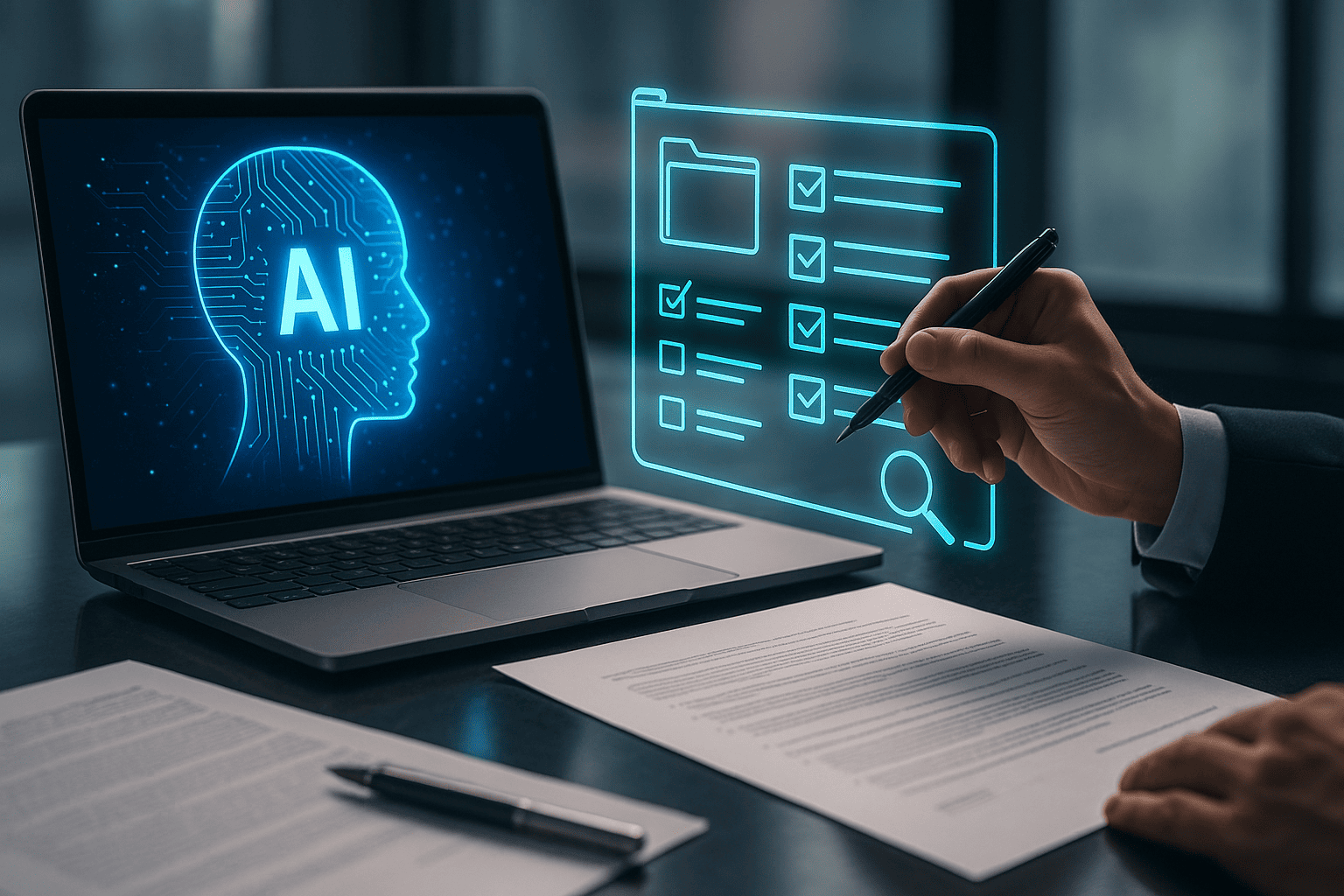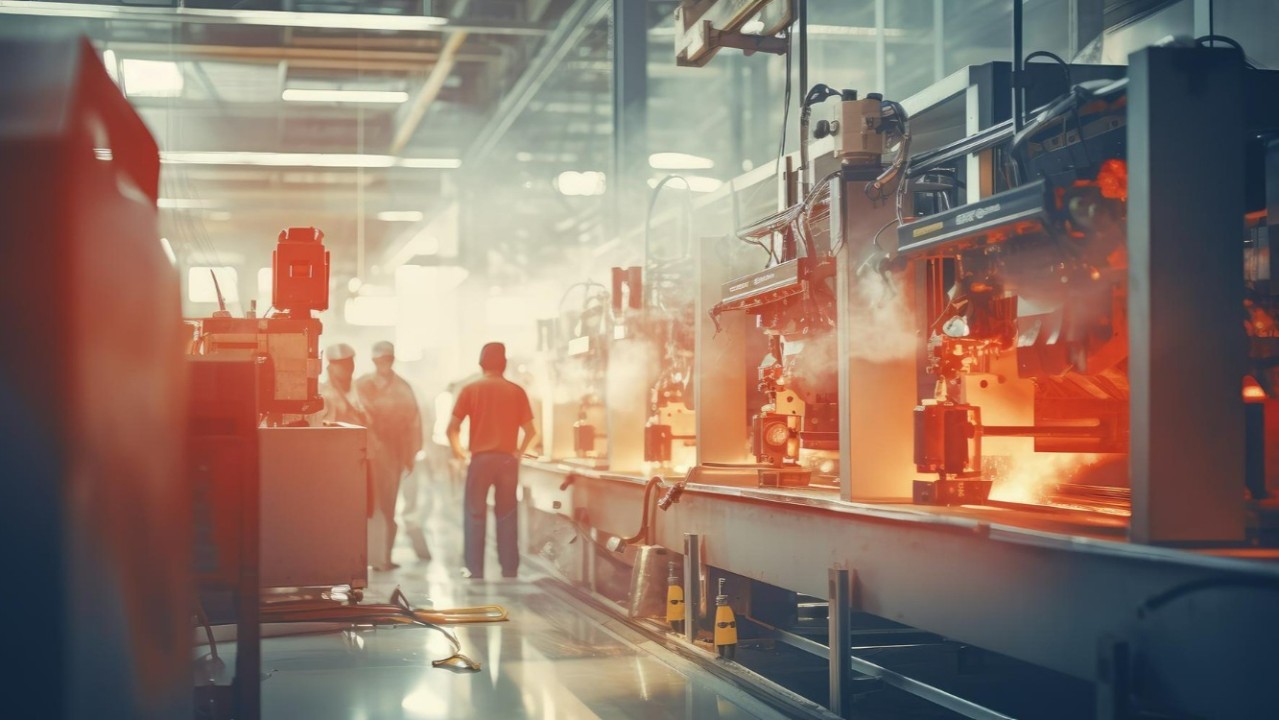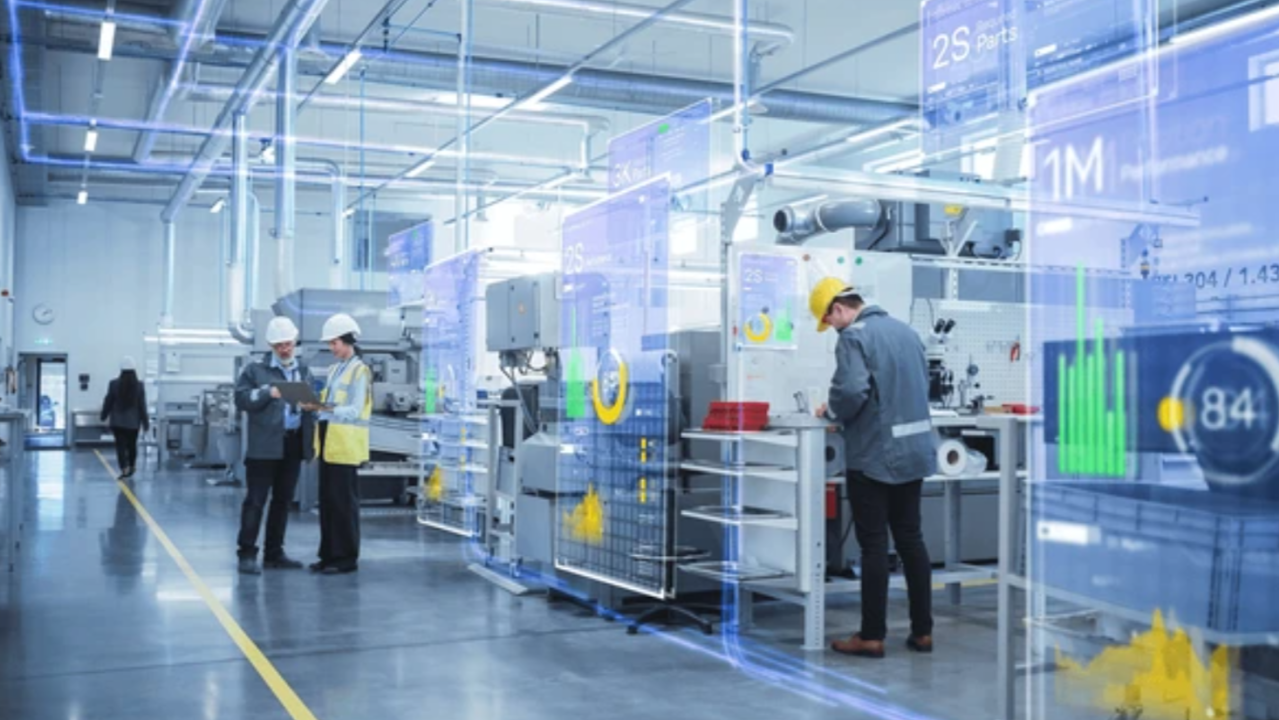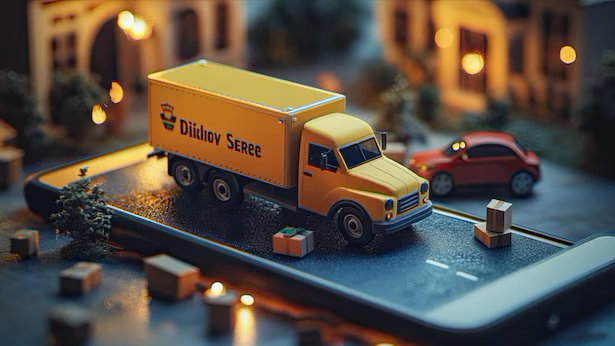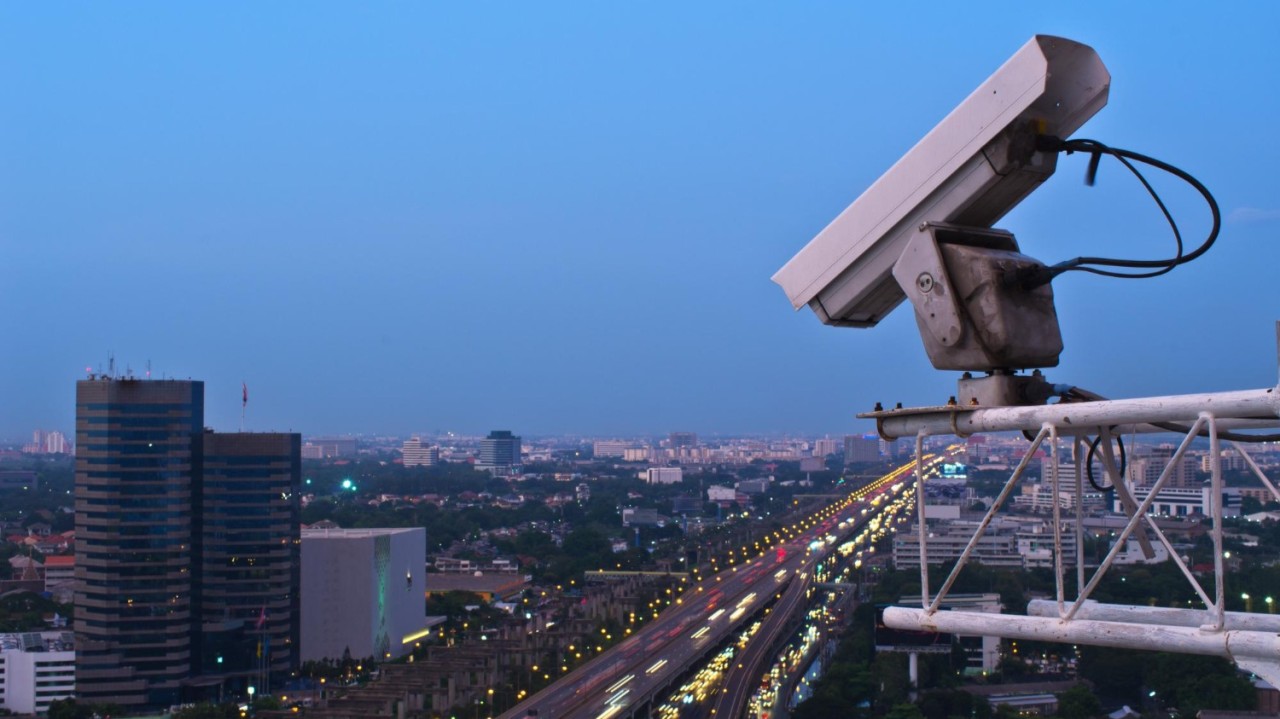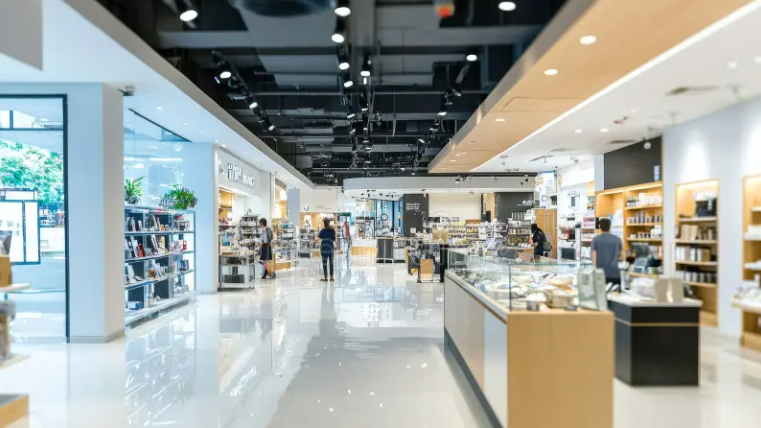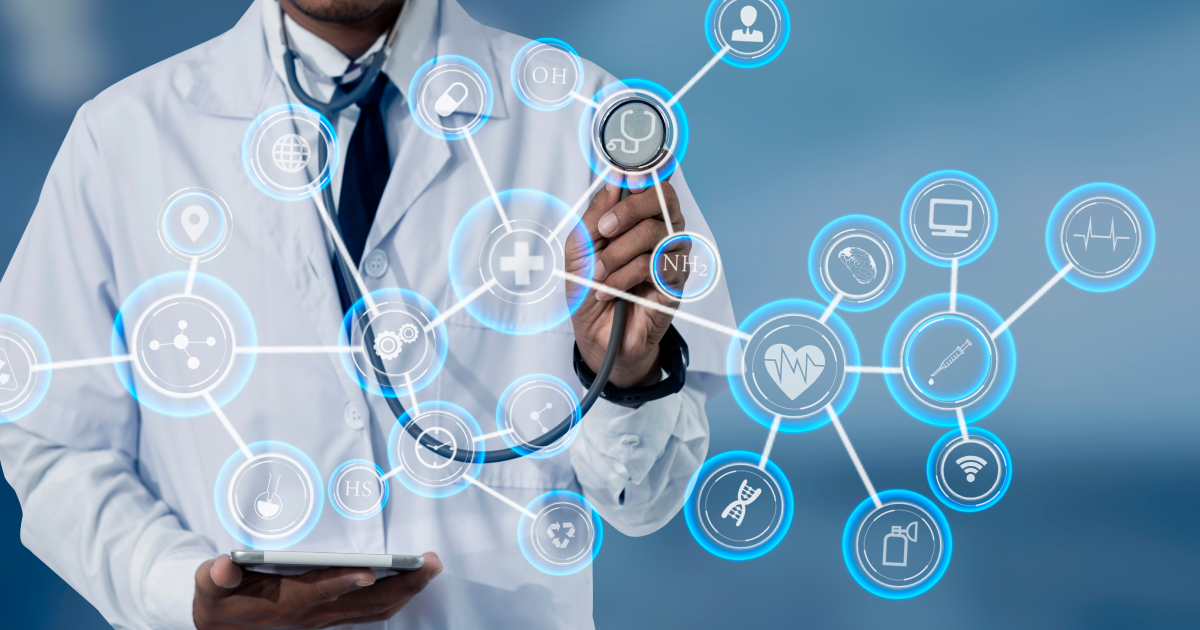The New Frontier: How Dual-Use Deeptech Is Redefining India’s Edge
India’s decade of power will be defined not by scale, but by depth. India stands at the cusp of a new industrial revolution — one that isn’t about outsourcing or services, but about ownership. Ownership of algorithms, of compute, and of the innovations that will determine the next era of competitiveness and national strength. At the heart of this shift lies dual-use deeptech — technologies that bridge civilian innovation and strategic security, creating impact across industries, cities, and national infrastructure. The Rise of Dual-Use Deeptech in India In today’s interconnected world, innovation cannot be confined to a single purpose.Technologies once built for specialized use are now shaping everyday life — driving efficiency, safety, and sustainability across public and private sectors. That’s the promise of dual-use deeptech — where the same AI platform that detects wildfires can monitor industrial safety; where computer vision models used for border vigilance can manage traffic in smart cities; and where satellite analytics designed for surveillance can optimize agricultural yield. This convergence is blurring the line between the battlefield and the boardroom, giving rise to a new generation of innovation that strengthens both governance and growth. Learning from the Past, Building for the Future History reminds us that some of the world’s most transformative technologies began with strategic intent: Each of these technologies started as a defense innovation, evolved into a civilian necessity, and in doing so — shaped entire economies.India now has the opportunity to lead the next wave of dual-use deeptech, built for both national resilience and economic transformation. Sovereign AI: The Foundation of Dual-Use Innovation Among all deep technologies, artificial intelligence (AI) stands out as the most transformative and urgent frontier.AI is redefining how nations safeguard assets, deliver public services, and manage critical systems — from energy grids and logistics to citizen welfare and emergency response. But true leadership in this space requires Sovereign AI — AI that is trained, governed, and deployed within India’s jurisdiction, using indigenous data, ethical frameworks, and secure cloud infrastructure. Sovereign AI doesn’t mean isolation — it means autonomy.It ensures our algorithms are context-aware, our systems are resilient, and our technological progress remains aligned with India’s strategic and social priorities. At Valiance, we see Sovereign AI as the backbone of the dual-use revolution — enabling innovation that serves both public and industrial ecosystems, while ensuring data trust and national security. From Innovation to Impact: India’s Moment to Lead India has every ingredient to build a thriving dual-use deeptech ecosystem — world-class engineering talent, a vibrant startup landscape, and a rapidly digitizing economy.What’s changing now is intent. Government initiatives like Atmanirbhar Bharat, public-private innovation hubs, and emerging collaborations between strategic and civilian sectors are accelerating this convergence. The next decade will see deeptech move from the margins to the mainstream — reshaping how India manages safety, sustainability, and social development. From AI-powered public surveillance to industrial automation, from wildlife conservation to urban intelligence, India’s innovators are demonstrating that dual-use deeptech isn’t a theoretical idea — it’s already transforming lives on the ground. Why Dual-Use Deeptech Is India’s Strategic Advantage The Road Ahead: Building India’s Dual-Use Future India’s deeptech decade will be defined by its ability to build at the intersection of purpose and progress. The dual-use model ensures that technologies born for protection also enable prosperity — that innovation not only defends but delivers. In the coming years, AI, computer vision, and generative intelligence will converge into sovereign platforms powering smart cities, climate resilience, industry 4.0, and citizen welfare. At Valiance, we believe this is India’s defining opportunity — to shape a dual-use innovation model that strengthens both the economy and the nation’s technological backbone. The future belongs to nations that build deep — and build for all.


